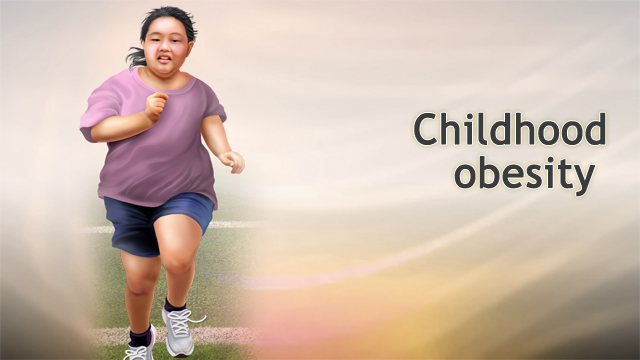Childhood obesity

- Subtitles
- Off
- Captions
- Off
- Chapters
Childhood obesity
You may have heard of the childhood obesity epidemic. But is it real? And if it is real, how important is it? And the answer is yes, it's very real. Up until about 1988, kids' weights in the United States were pretty constant over the years. But since 1988, they've been skyrocketing. And that's important for a few reasons. One of them is that what ever our weight is today, people tend to gain weight gradually over time. So if you're already overweight as a child that sets you up to be really overweight as an adult. And all the more so as a child because when kids, before puberty especially, are putting on extra weight, they tend to make new fat cells. Where as adults, when they're getting overweight, tend to have the fat cells they already have get larger. People who make more fat cells during childhood find it easier to gain even more weight as an adult and harder to lose weight.
So kids are setting habits in their metabolism and even the structure of their bodies as a child. Childhood obesity is a big problem. But it's not just because of the way fat looks. It's a health problem as well. In fact a ticking time bomb.
When I started in pediatrics not that long ago, it was rare to see some of the common conditions of middle age in children. Things like high blood pressure, or abnormal blood sugar, waist size over 40 inches, abnormal cholesterol. Those things were really rare in kids. But in a recent study, about two-thirds of American high schools students already had at least one of those. Two-thirds. They use to call something juvenile diabetes and there was adult onset diabetes, the kind that you get often from being overweight. Well now, what use to be adult onset diabetes, type 2 diabetes, is more common by age 9 because of the obesity epidemic. It is a ticking time bomb. The good news is that it's never easier than today to start to make a difference in a child's life.
